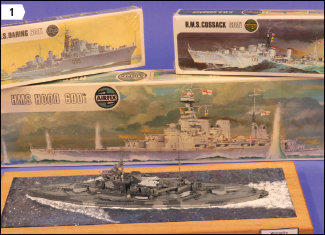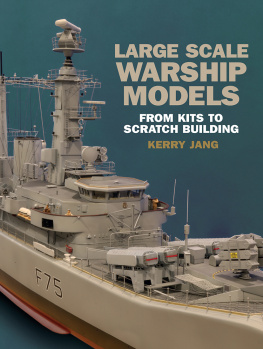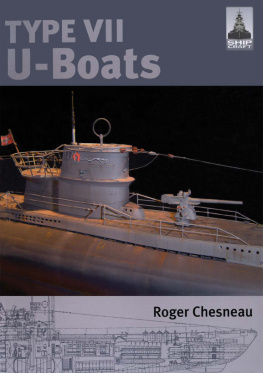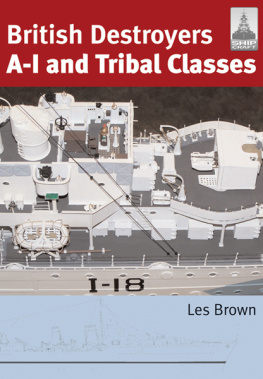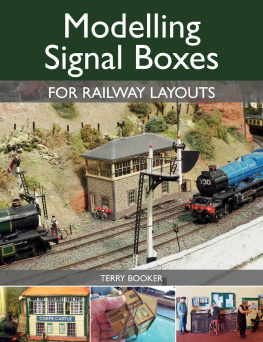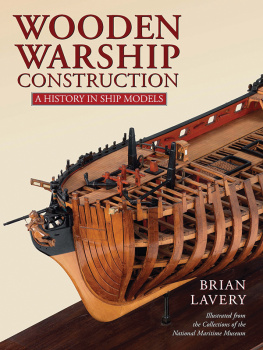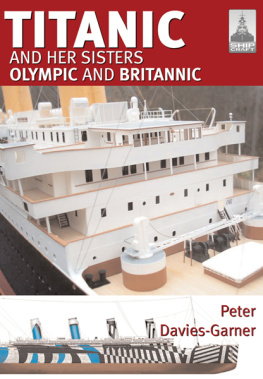LARGE SCALE
WARSHIP MODELS
LARGE SCALE
WARSHIP MODELS
FROM KITS TO SCRATCH BUILDING
KERRY JANG
SEAFORTH
P U B L I S H I N G
To my wonderful wife and children for allowing me to spend as much time as I wanted in the workshop so they could get on with their lives without me getting in the way.
And to all my model-making friends around the world who encouraged me to spend all that money on a new model boat so they can say to their wives and sweethearts that I spent more than they did on toys.
Title page HMS Daring
Copyright Kerry Jang 2019
First published in Great Britain in 2019 by
Seaforth Publishing,
A division of Pen & Sword Books Ltd,
47 Church Street,
Barnsley
South Yorkshire S70 2AS
www.seaforthpublishing.com
British Library Cataloguing in Publication Data
A catalogue record for this book is available from the British Library
ISBN 978 1 5267 3096 1 ( HARDBACK )
eISBN 978 1 5267 3097 8 ( EPUB )
Mobi ISBN 978 1 5267 3098 5 ( KINDLE )
All rights reserved. No part of this publication may be reproduced or transmitted in any form or by any means, electronic or mechanical, including photocopying, recording, or any information storage and retrieval system, without prior permission in writing of both the copyright owner and the above publisher.
The right of Kerry Jang to be identified as the author of this work has been asserted by him in accordance with the Copyright, Designs and Patents Act 1988.
Pen & Sword Books Limited incorporates the imprints of Atlas,
Archaeology, Aviation, Discovery, Family History, Fiction, History,
Maritime, Military, Military Classics, Politics, Select, Transport, True
Crime, Air World, Frontline Publishing, Leo Cooper, Remember When,
Seaforth Publishing, The Praetorian Press, Wharncliffe Local History,
Wharncliffe Transport, Wharncliffe True Crime and White Owl.
All photographs by the author.
Drawings by Tony Garrett.
Contents
Authors Note
When I first considered building a large-scale model ship I was beset by so many questions, perplexed by so many new terms, and anxious about a whole new range of manufacturers that I had no experience with. Then there was the added complexity of radio control and its installation. Reading model boat magazines and browsing Internet forums made me feel that these models were for experts, not an out-of-thebox plastic kit builder like me.
For newcomers to large-scale model ships, it is my hope that this book provides the answers to the very questions I struggled with, and for old hands, some new ways of doing things or inspiration for the next project. New technologies like laser cutting and 3D printing bring a new level of accessibility to these models so it is no longer a jump, but a hop, from plastic kit building.
Every model is different and every builder is different. The methods described are just one way of doing things. Mistakes do happen and I hope to show how easy it is to correct them. Ones attitude towards modelling has a big impact on whether or not a model is finished. Too many of us have a large number of uncompleted projects languishing on the shelf of doom and an uncomfortable number of kits and accessories insulating the attic. By exploring our attitudes I hope to rekindle the fun, excitement and joy of that first model kit built at the kitchen table.
All items shown in this book were courtesy of my wallet, and no promotional or commercial interests were solicited or received. What you see is what I got. Happy Modelling.
Kerry Jang
Vancouver, Canada
1 : | The Whys of Large-scale Model Warships |
Introduction
There is something about warships that gets the modellers blood going. The inspiration to build a particular ship can come from a wide variety of sources as there are human beings. Personal connection, a love of history, a visit to a museum, a documentary, movie, or painting inspires the build. Speaking for myself, early inspiration came from Airfix kit box tops that convinced me to part with my weekly allowance. However, fully realising the dream meant more than a model set in a plaster seascape but a big model that actually sailed and cut through water like a real ship.
Classic Airfix box art is a wonderful source of inspiration. White Ensigns 1:700 HMS Warspite kit was set in a seascape in an attempt to capture that excitement.
Large-scale model ships have the physical presence of a real ship compared to the jewel-like quality of miniature models. Painting techniques used on Seals Model 1:700 HIJMS Mikasa and White Ensigns 1:350 HMS Nurton was applied to Deans Marine 1:96 HMS Daring to impart greater realism and presence.
Physically large models mimic the appearance of an actual warship because their towering superstructures and hulls catch the light the same way as actual warships. The smallest detail, such as the humble bollard, becomes a fully detailed model in its own right that needs a base, reinforcing webs, heads and even casting marks to be modelled. Complex items like radars and aerials take on a realistic three-dimensional appearance because they are large enough to be constructed from rod and mesh as opposed to two-dimensional flat sheets of etched brass. The ships rigging now demands proper installation. Simply gluing heat-stretched sprue between yardarms is no longer sufficient. Blocks, eyebolts, and turnbuckles must be fitted and all lines must be properly roved and seized. Moreover, signal flags cant be wrapped around a halyard but require a lanyard fitted to look realistic. The smallest details on guns, directors, and rangefinders can be detailed with every latch and screw if so desired. Large-scale models provide a canvas to include these details, often with little more than a bit of twisted wire, a length of profiled plastic strip, paper and card, and some lateral thinking.
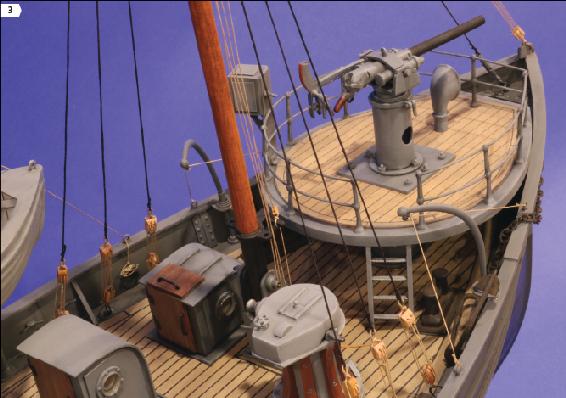
Mountfleet Models 1:24 Admiralty trawler Osprey provides ample scope for small details such as nuts, bolts and rigging lines.
G ETTING S TARTED
There was a time when taking up large-scale model warships was more of a leap than a jump because it required a lot of scratch building. Modellers who made these were considered masters of the art and were capable of superhuman feats like carving their own master patterns out of wood, and were deft hands at fibreglass layup and mould making. They were often well-practised machinists who could turn or mill any part required in brass or steel stock. Radio control gear was also a do-it-yourself proposition and these model-making polymaths knew Ohms Law by heart and were able to calculate electrical current resistance values in their heads.
The situation has now evolved to where building a large-scale warship is within the reach of any model maker who has the will. New technologies like 3D printing and the ease of obtaining information and assistance from modellers around the globe have made the warship model of your dreams more accessible than ever. However, unlike the relatively inexpensive conventional plastic kit that allows a subject to be chosen on a whim, large-scale model warships require a large up-front investment of time and money. Build times are long and you will need to sustain your enthusiasm to see the model through to completion. Although there are many commercial products available for purchase, large-scale warships are not assembled but are built from basic materials and castings that require considerable attention on your part. Even if your large-scale model is part of a kit, the supplied hull is little more than a basic fibreglass shell that requires a great deal of care to clean up and effort to detail. Fittings are often generic blanks and there is always a lot more room for additional detailing. Very little is useable straight out of the box because the parts are hand-cast resin or white metal and need clean up or they suffer from soft detail; or lengths of brass rod and styrene microstrip are provided for you to fabricate the required parts from plans. The model will only get finished if you are truly enthused by the ship you choose.

